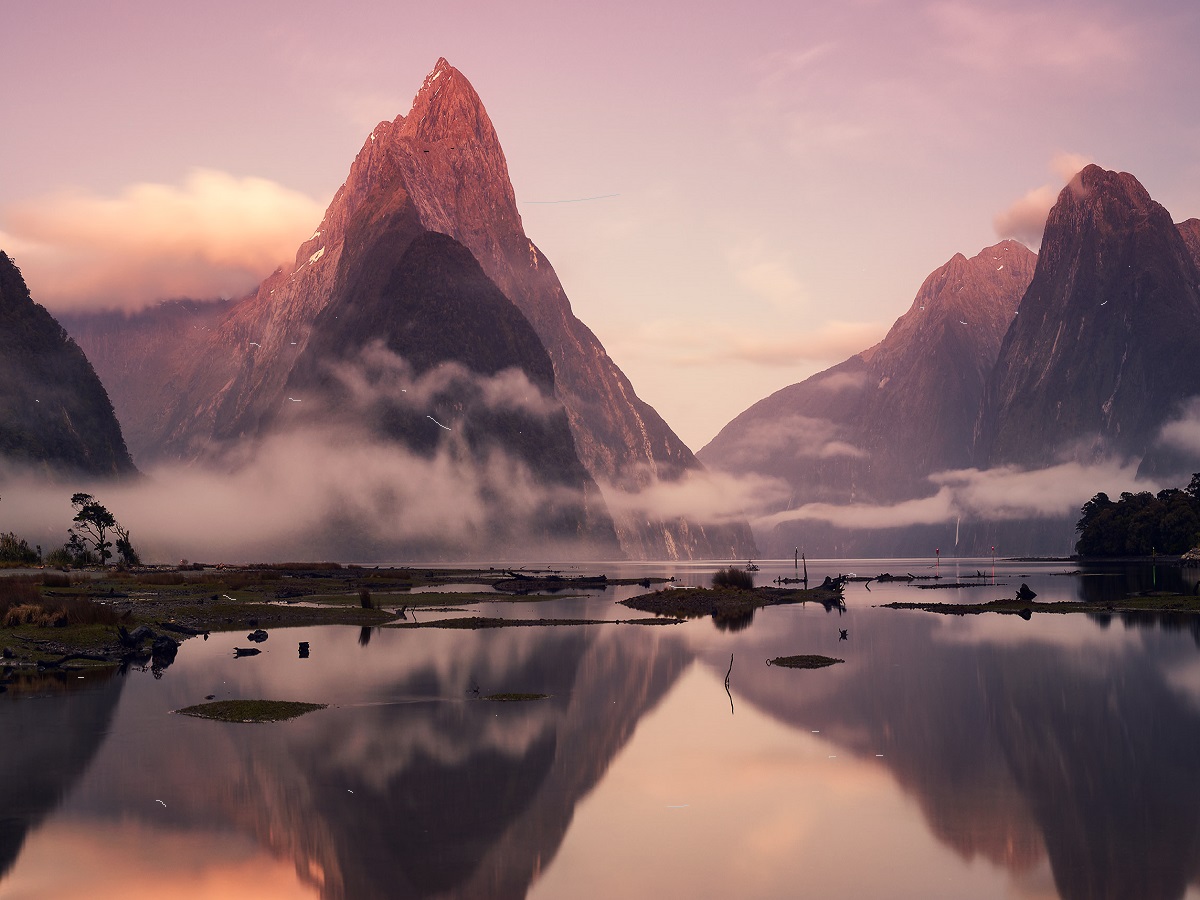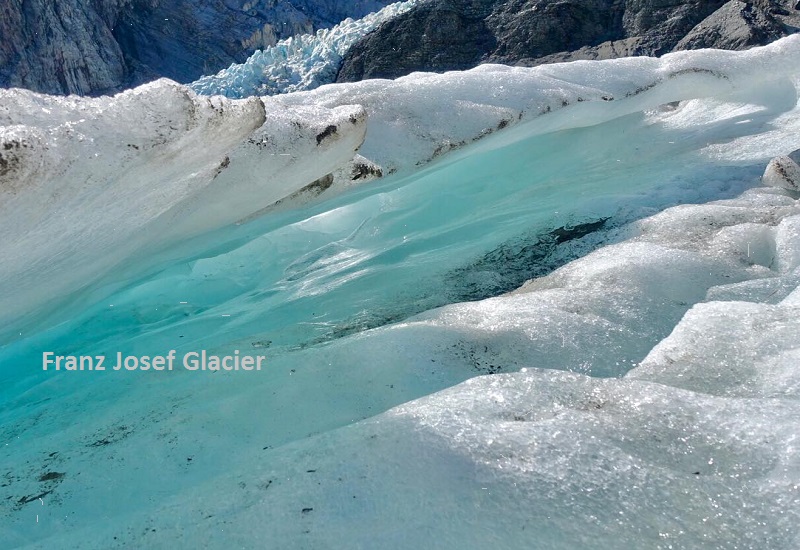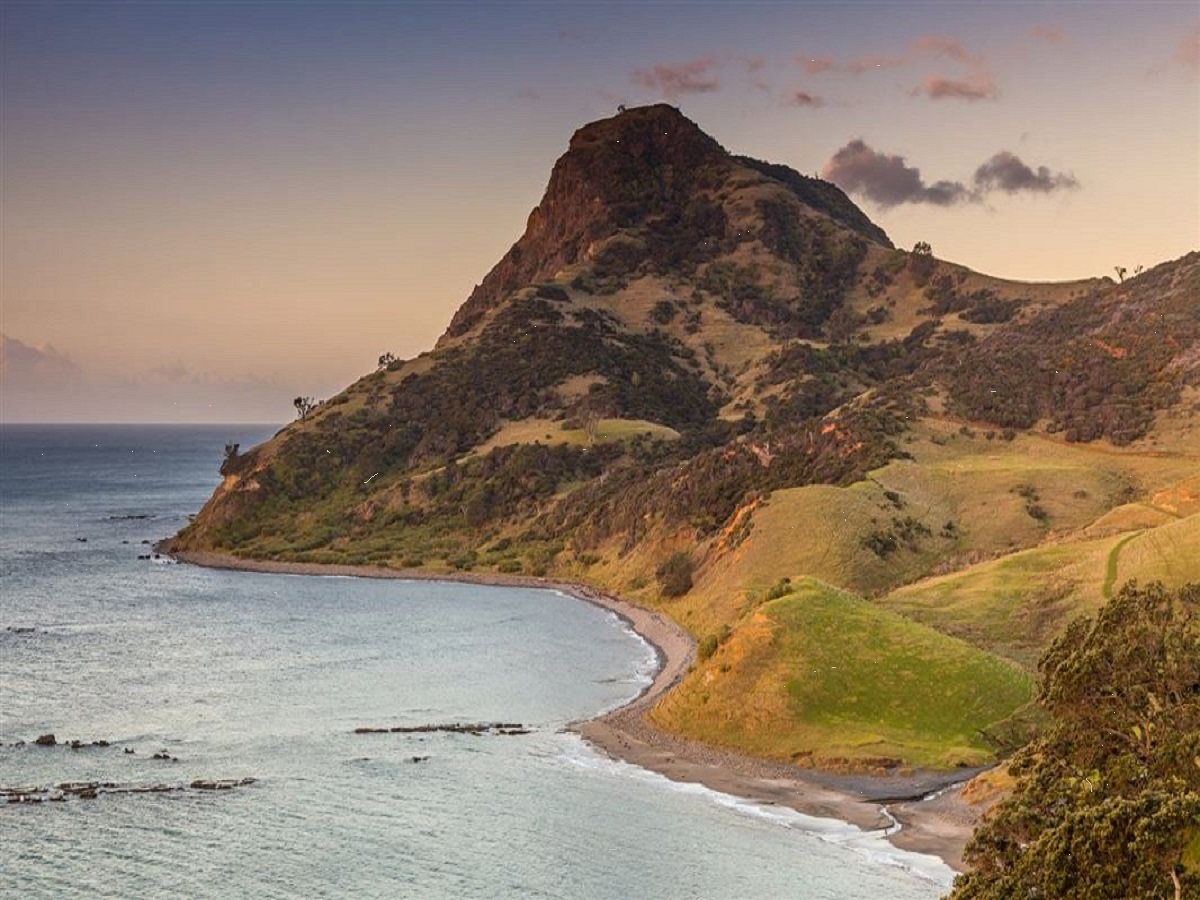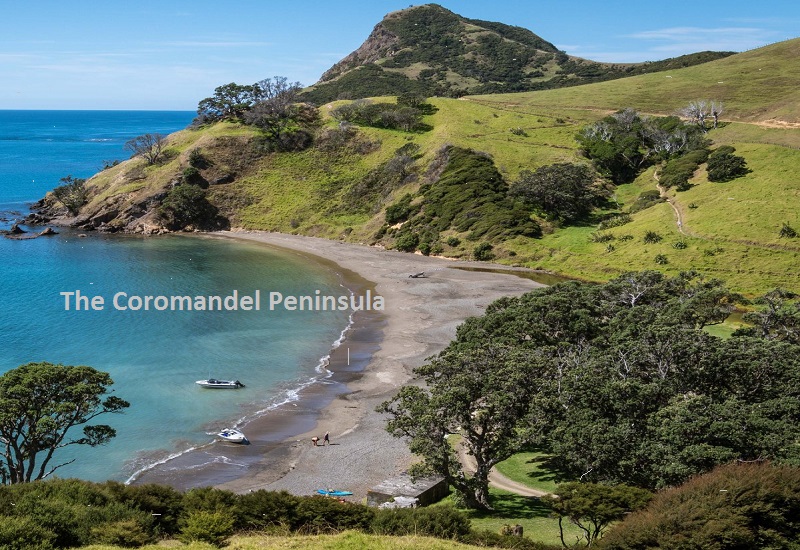Fiordland National Park, located in the southwestern corner of New Zealand’s South Island, is a place of awe-inspiring beauty and grandeur. Known for its majestic fjords, towering mountains, and pristine wilderness, Fiordland is one of the largest national parks in the world. Spanning a vast area, it offers endless opportunities for exploration and adventure. In this article, we’ll delve into the sheer size of Fiordland National Park and what makes it such a remarkable destination.
The Immense Size of Fiordland National Park
Fiordland National Park covers an area of approximately 12,607 square kilometers (4,868 square miles). This makes it the largest national park in New Zealand and one of the largest in the world. To put this into perspective, Fiordland is roughly the size of the entire state of Connecticut in the United States or half the size of Belgium. The park is a part of the larger Te Wahipounamu World Heritage Area, which also includes three other national parks: Mount Aspiring, Westland Tai Poutini, and Aoraki/Mount Cook.
A Landscape Shaped by Ice
Fiordland’s dramatic landscape has been sculpted over millions of years by glaciers. During the last Ice Age, massive glaciers carved out deep valleys, leaving behind the fjords that are now filled with seawater. The result is a landscape of steep cliffs, narrow inlets, and lush rainforests that descend into the ocean.
The park is home to 14 fjords, with Milford Sound and Doubtful Sound being the most famous. Milford Sound, often referred to as the “eighth wonder of the world,” is known for its breathtaking scenery, including the iconic Mitre Peak, which rises dramatically from the water. Doubtful Sound, while less visited, is even larger and more remote, offering a quieter, more untouched experience.
Diverse Ecosystems and Unique Wildlife
The vastness of Fiordland National Park encompasses a diverse range of ecosystems, from dense temperate rainforests to alpine meadows and rugged coastlines. This diversity of habitats supports a wide variety of plant and animal species, many of which are endemic to the region.
The park is a haven for birdlife, including the endangered Takahe, a flightless bird that was once thought to be extinct but was rediscovered in Fiordland in 1948. Other notable bird species include the Kea, a large alpine parrot known for its intelligence, and the Kiwi, New Zealand’s iconic flightless bird.
Marine life is equally impressive, with dolphins, seals, and penguins commonly seen in the fjords. Fiordland is also home to some of the world’s rarest freshwater fish and a unique population of Fiordland Crested Penguins, which are found nowhere else on earth.
Exploring Fiordland’s Vast Wilderness
The sheer size of Fiordland National Park means that there is no shortage of places to explore. The park offers a range of activities for visitors, from scenic cruises and flights to challenging multi-day hikes.
Hiking and Tramping
Fiordland is renowned for its world-class hiking trails, including three of New Zealand’s Great Walks: the Milford Track, the Routeburn Track, and the Kepler Track. These multi-day hikes take you through some of the most stunning landscapes in the park, from dense forests to high mountain passes, offering breathtaking views at every turn.
For those looking for shorter hikes, there are numerous day walks that provide equally spectacular scenery. The Key Summit Track, for example, offers panoramic views of the surrounding mountains and valleys, while the Lake Marian Track takes you to a serene alpine lake surrounded by towering peaks.
Boat Cruises and Kayaking
One of the best ways to experience the fjords of Fiordland is by boat. Milford Sound and Doubtful Sound are both popular destinations for scenic cruises, where you can see the towering cliffs, cascading waterfalls, and abundant wildlife up close. For a more intimate experience, consider kayaking through the fjords, where you can paddle through the calm waters and explore hidden coves and inlets.
Scenic Flights
Given the vast size of Fiordland National Park, a scenic flight is an excellent way to take in the full scale of the landscape. Helicopter and fixed-wing plane tours offer a bird’s-eye view of the fjords, mountains, and valleys, providing a unique perspective that you can’t get from the ground.
The Challenges of Protecting a Park This Size
The immense size of Fiordland National Park presents unique challenges for conservation and management. The park is largely uninhabited, with few roads and limited infrastructure, making it a true wilderness area. This remoteness helps protect the park’s ecosystems, but it also means that managing the park requires careful planning and coordination.
One of the main challenges is controlling invasive species, which can threaten the park’s native plants and animals. The Department of Conservation (DOC) works tirelessly to manage these threats through pest control programs and by educating visitors about the importance of biosecurity.
Another challenge is balancing the increasing number of visitors with the need to protect the park’s natural environment. While tourism is vital to the local economy, it must be managed sustainably to ensure that Fiordland remains pristine for future generations.
Conclusion
Fiordland National Park’s vast size and diverse landscapes make it one of the most extraordinary natural areas in the world. From its towering fjords to its dense rainforests and alpine peaks, the park offers endless opportunities for exploration and discovery. Whether you’re hiking one of the Great Walks, cruising through Milford Sound, or simply soaking in the breathtaking scenery, Fiordland is a place that will leave a lasting impression.
As you plan your visit, remember that Fiordland is not just a destination—it’s a wilderness that needs to be respected and protected. By treading lightly and following the principles of sustainable travel, you can help ensure that this incredible park remains a sanctuary for wildlife and a source of inspiration for generations to come.





Leave a Reply